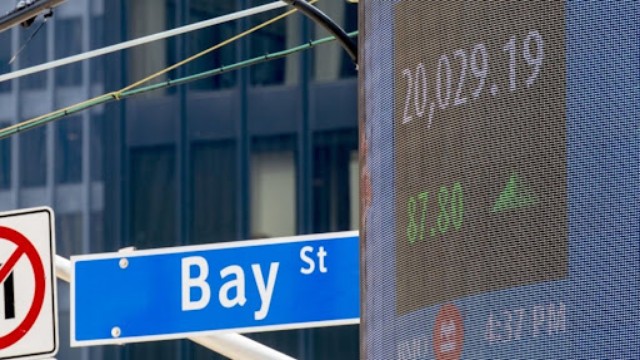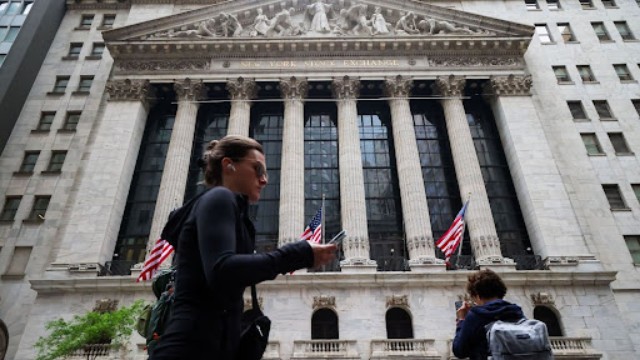
Average card balances exceeded $4,300 in the second quarter, pushing overall outstanding balances to $122 billion, 13.7 percent more than a year earlier.
Bloomberg - In the second quarter of this year, Canadian credit card holders carried an average balance of C$4,300 ($3,200), the highest level recorded since Equifax Canada began tracking this data in 2007. This surge in credit card debt comes amid a challenging economic environment marked by high interest rates and increasing unemployment.
The credit bureau’s report, released on Tuesday, revealed that consumer debt across Canada exceeded C$2.5 trillion last quarter, reflecting a 4.2% increase from the previous year. Credit card borrowing was a significant driver of this rise, with outstanding balances reaching C$122 billion. Despite a slowdown in spending, the average credit card balance per person continued to climb, and the rate of delinquency on non-mortgage balances reached 1.4%, surpassing the peak levels seen during the pandemic in 2020.
The report highlighted that younger Canadians, particularly those under 35, are experiencing the most severe financial strain. This age group saw the most notable drop in payment rates, with Canadians aged 26 to 35 having the highest missed payment rate at nearly 2%. Additionally, the unemployment rate in Canada has risen to 6.4%, with younger workers facing an even higher rate of 14.2%, the highest in over a decade outside of the pandemic period.
Although the Bank of Canada started lowering borrowing costs in June and is expected to continue easing rates as inflation subsides, its key policy rate remains high at 4.5%, close to levels not seen in decades. Rebecca Oakes, Equifax Canada’s vice president of advanced analytics, noted that while stabilizing inflation is beneficial for many consumers, the rising unemployment rate is contributing to increased financial stress.
Mortgage holders are particularly feeling the pinch, with their average credit card balance rising nearly 12% from last year, almost double the 7.7% increase seen among those without mortgages. An additional challenge looms with upcoming mortgage renewals at higher rates, as most mortgages in Canada renew every five years. Equifax noted that at least 15% of renewals in 2024 will see monthly payments increase by over C$300, up from 8% in 2019.
Despite these pressures, mortgage balance delinquency rates remain lower than during the early pandemic period. However, non-mortgage borrowers are also facing difficulties. A recent Bank of Canada report indicated that just over 10% of Canadians without a mortgage now have a credit card balance at 80% or more of their limit, up from just under 8% in 2021.
In line with these trends, Canadian banks have reported increased financial strain on consumers and businesses. On Tuesday, both the Bank of Montreal and the Bank of Nova Scotia set aside additional funds to cover potential bad loans in Canada and the US, underscoring the ongoing challenges posed by the extended period of high interest rates.















